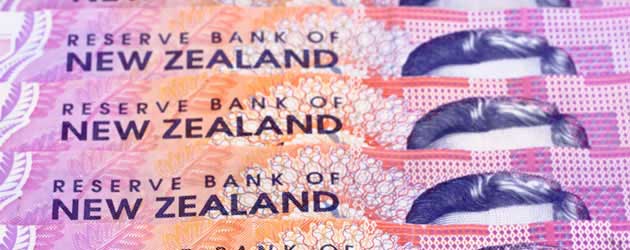
Over the weekend it was reported that China’s Manufacturing Sector outperformed analysts’ expectations in November. Holding at the 18-month high score of 51.4 that it struck in October the Chinese Manufacturing PMI beat forecasts of a slightly softer score of 51.1.
As a commodity-sensitive currency the New Zealand Dollar is liable to rally in response to positive data out of China – the world’s second largest economy and a large importer of New Zealand exports – and on this occasion the ‘Kiwi’ obliged, appreciating by just over half a cent as soon as markets reopened for the week.
The better-than-expected PMI print came courtesy of strong demand for Chinese exports, which reflects positively on the global economy as a whole. Interestingly it was the biggest companies that fared best, with large firms reporting that output increased from 52.3 to 52.4, whilst the index for smaller businesses fell from 48.5 to 48.3.
Despite concern that slack credit growth and soft global demand could impact Chinese fourth quarter GDP, it is likely that the Chinese economy will maintain an annual growth rate of 7.5% or above in Q4. Decent numbers over the last few weeks for Factory Production, Retail Sales and business investment support this argument.
In response to the data the Pound to New Zealand Dollar exchange rate (GBP/NZD) fell from 2.0125 to 2.0050.
Towards the end of last week Sterling struck a fresh 17-month high of 2.0240 against the ‘Kiwi’ Dollar as investors continued to send the Pound higher across the board. The UK currency was supported by the Bank of England’s decision to rein in its Funding for Lending Scheme (FLS).
The decision to pullback on stimulus was seen as acknowledgement that the British economy is improving, and as such was seen by investors as a minor form of monetary tightening. This caused speculative traders to scale forward their bets of an interest rate hike
and subsequently Sterling rallied against all of the majors.
The Pound hit an 11-month high against the Euro, a 2-year high against the US Dollar, a 3-year high against the Australian Dollar, a 4-year high against the Canadian Dollar and a 5-year high against the Japanese Yen.
Sterling’s strength could continue later this week if fresh UK private sector data comes in positively. We have Manufacturing, Construction and Service Sector data on tap and all three PMI results are expected to print positively. However, any disappointments in the PMI readings could have the potential to bring about a slight correction in Sterling positions if investors decide to lock-in profits. Friday’s BoE inflation forecasts could also prove interesting, as a soft reading could hurt rate hike prospects.

Comments are closed.